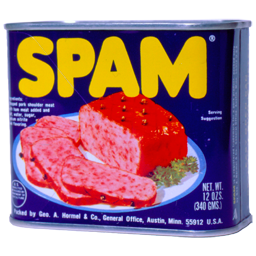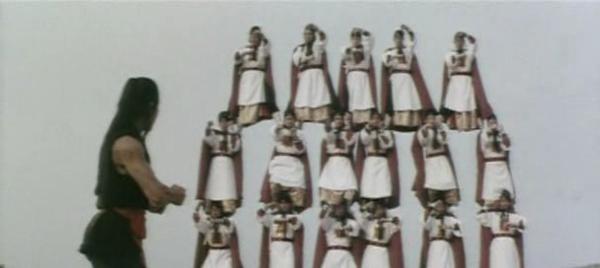This spam email title caught my eye: angry hate poems
Sadly there wasn’t any angry hate poems inside…
hallo everybody administrators of site tarstarkas.net I not so a long ago I live in Culpeper
and so, that I lost connection with very nice a man, Jacqueline- Daviesporkon, and now try to find him, last that I know so it that he lives in citi, and often vi
sits the resources of type your tarstarkas.net, names ona itself Nicolason
, if suddenly will see this nik write that this man wrote me . I very much I miss without socializing with this man.To reason wanted poblagodarit’ to the command your resource. So to hold boys. Only little request of,sdelayte prepotent spam filter and little by little begin ustavat’ from every there Viagra teenage party invitation
Let’s check another spammail…
Hong Kong Phooey, he’s fan-riffic!
That’s the entire message. Those spammers sure got me!
Another spammer thought I should know a lot about guns. I removed the links so get informed!
Sound business practices dictated all of those moves. Machining practices are not the same for carbon steel as they are for stainless, so that simplified life. Keeping both round and square butts in stock doubled the inventory requirement and outsourcing stocks (that’s what S&W calls grips) is economical too.
The early .45 Colt revolvers–the 1950 Target and Model 25-5–had well deserved reputations for lousy accuracy. Even though one of the 200 1950 Target .45s is one of my most treasured pieces, it won’t shoot for beans. The problem is at the chamber mouth–called the “ball end” in S&W-speak–which was simply too large to stabilize the bullet. Diameters of .457-.459″ were common. When the .45 Colt began to be a little more popular, that was corrected and today’s revolvers are capable of joyous accuracy. The clue is to look for serial numbers beginning with “N” and then measure the ball end. Stainless steel guns and those that use S&W’s new three letter, four number (ABC 1234) serial numbering scheme are not afflicted with the malady. A very easy test is to just take a .45 bullet sized .451″ or .452″ and drop it in the cylinder. It should not fall through.
Several years ago S&W made a Model 625 Mountain Gun in .45 Colt and it was a bright idea. The .45 Colt cartridge may be the darling of the cowboy crowd these days but long before those games began, the cartridge was widely popular with folks who toted handguns as daily necessity. It has an illustrious history dating back to 1873 and for awhile it was the issue round for our military.
One of the most critical elements in revolver assembly is timing. S&W calls it “carry up” and it means the cylinder is squarely aligned with the forcing cone and locked in place before the hammer falls. This is one of those things that’s easy for the shooter to judge. Cock the hammer slowly and listen for the distinct click that comes when the bolt locks the cylinder. This needs to happen sometime before the hammer reaches the fully cocked position. I’ve always liked the cylinder to be locked tip long before the hammer reaches full cock and that seems to be a characteristic of the new actions
The .45 Colt has never been a mainstay in the S&W product line and instead they focused on the various .44 caliber cartridges that had the S&W handle attached. During World War I, S&W made lots of 1917 models in .45 ACP and quite a few chambered for the British .455 Mk. II. Those turn up today fairly often and many have been re chambered to accept the .45 Colt cartridge. In 1953, S&W made 200 of the 1950 Target Model for the .45 Colt and a minuscule number of the 1955 Model were made too, but it wasn’t until the Model 25-5 came along that the .45 Colt was anything other than a rarity. When the switch to stainless took over there were some 625-5 models.
I hope you enjoyed today’s lessons from spammers!





